At the Waterloo School of Architecture, the art of making is integral. Model-making and fabrication is a component of every studio course, often with a required final model. For some students, their interest has veered further towards the craft component of architecture. We wanted to interview these students to ask them—how can craft influence the design process? For part three of this series, we interviewed Melody Chen, one of our 3A students who is a frequent seller at Bridge’s Night Market. You can find more of her crafts on her instagram page @madebymelody.

What are you making right now?
A crochet tank top. For funsies.
When did you start crocheting?
My mom taught me in grade four or five because I was bored.
Did you always know you liked to make things?
When I was younger, I enrolled in an after school arts program in Taiwan where instead of learning traditional art, every week we learned to use a different medium. One time, they got a bunch of clay, emptied out a room and told us to make a giant island in the middle. Another time, they gave us plastic containers and told us to make a boat out of it using a huge bowl. It was super fun, but then I had to move. When I came to Canada, I enrolled in traditional art, studying watercolor and acrylic painting.
Why did you choose architecture instead of arts school?
I like the idea of designing off of a concept that didn’t start from nothing. In art, you have a hunch or an idea and then you create it, but in architecture, it’s about making a concept that isn’t yours come to life. Even though design isn’t conceptually yours, the role of the architect is to turn it into a good design. I like that architecture is restricted. I read this quote that “restrictions make innovation”.
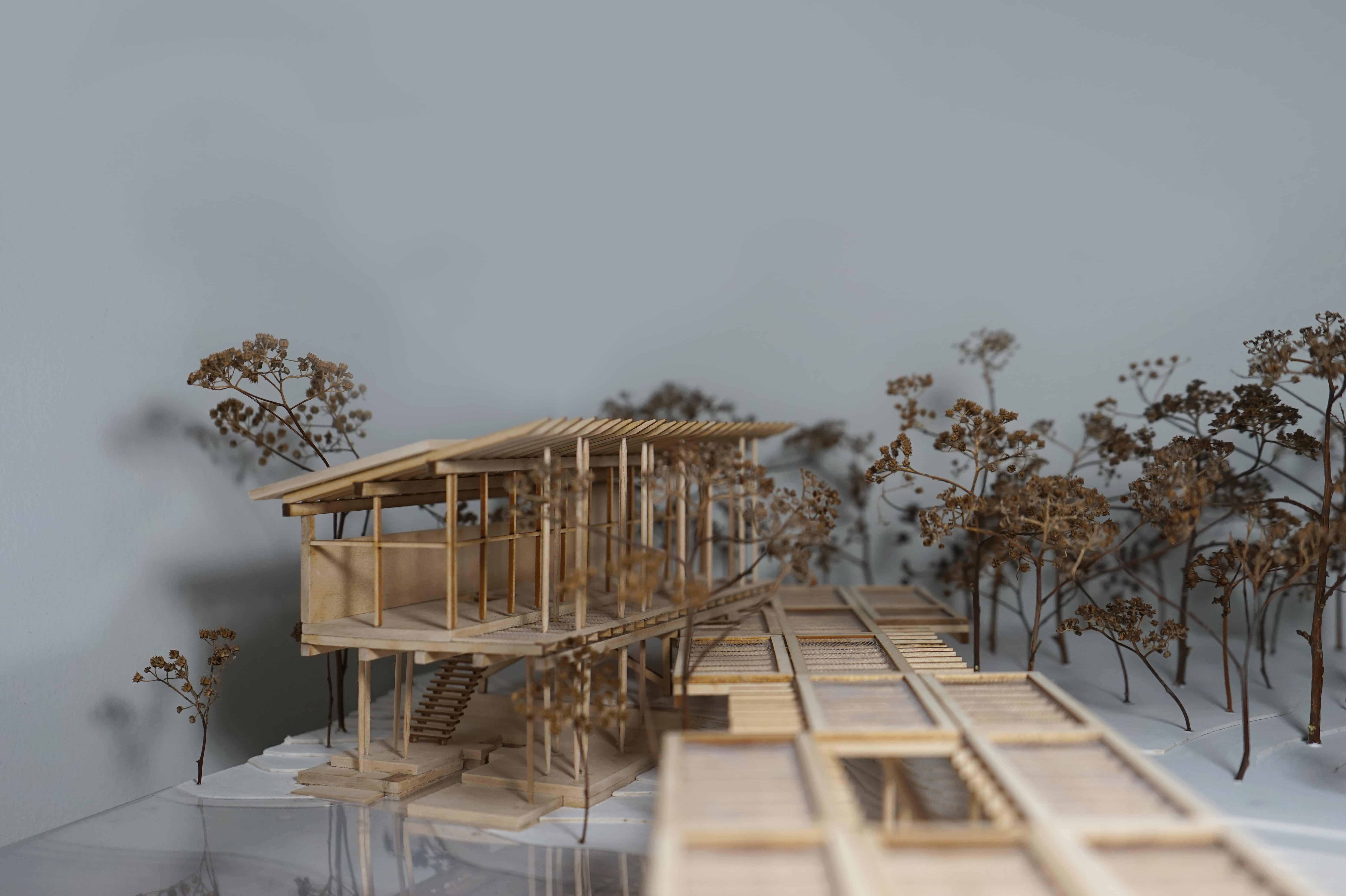
How does craft making translate into your work in architecture?
I use model making more as a representational tool than during the design process.
How do you find time to keep up with your hobbies during architecture school?
I prefer to work in concentrated amounts of time. I’ll set aside two hours of studio work instead of doing it for the whole day. Essentially, you get the same amount done in the day.
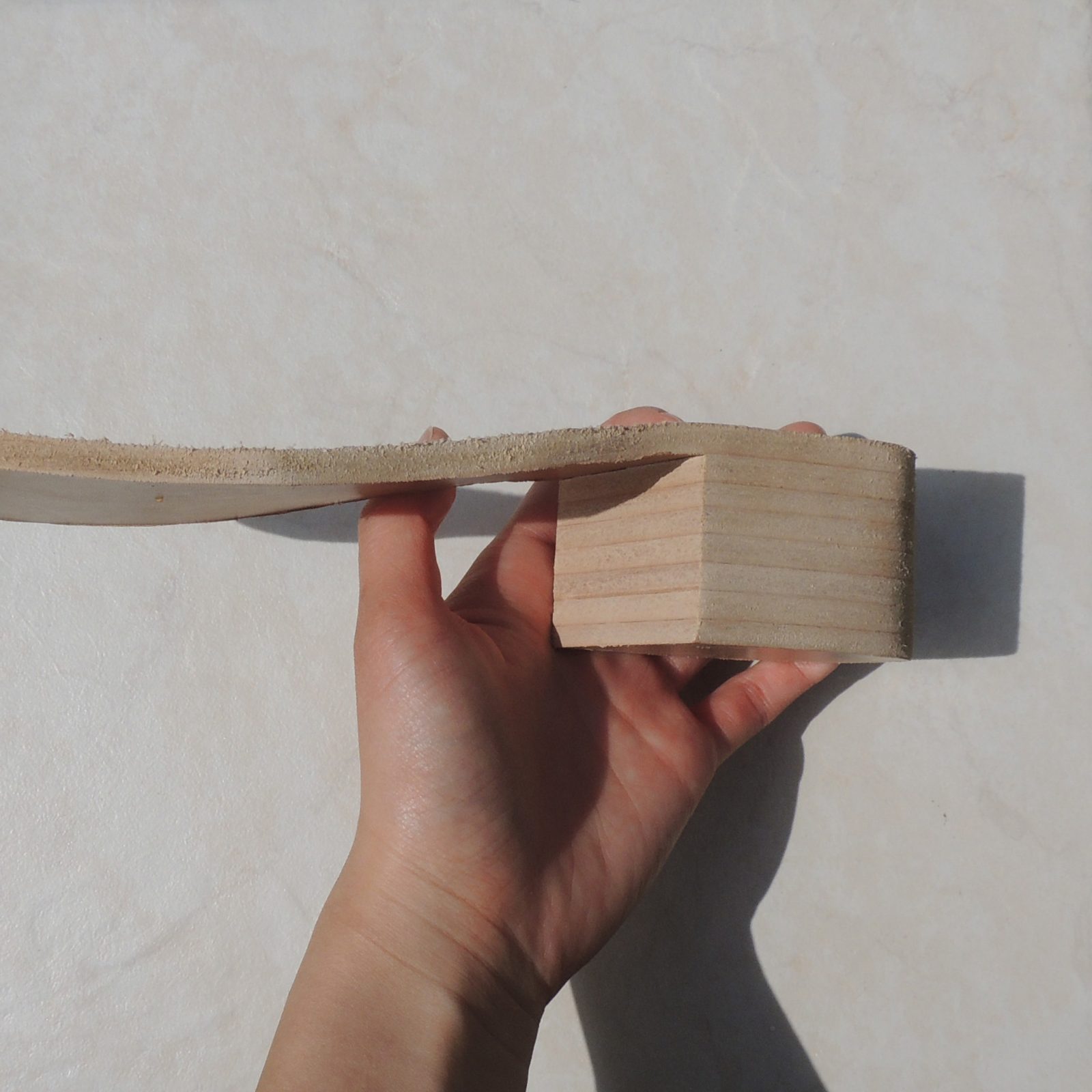
Why do you make things?
Seeing the end product is very satisfying. At my last co-op, I was interning at a product design department in an architecture firm where I made models. I noticed that renders are not a true representation of your product. You can always change the camera angle to the one side that looks the nicest. When you actually make it in 3D, you can see what it looks like from a human perspective. Then, you know what you need to change because it looks bad in real life.
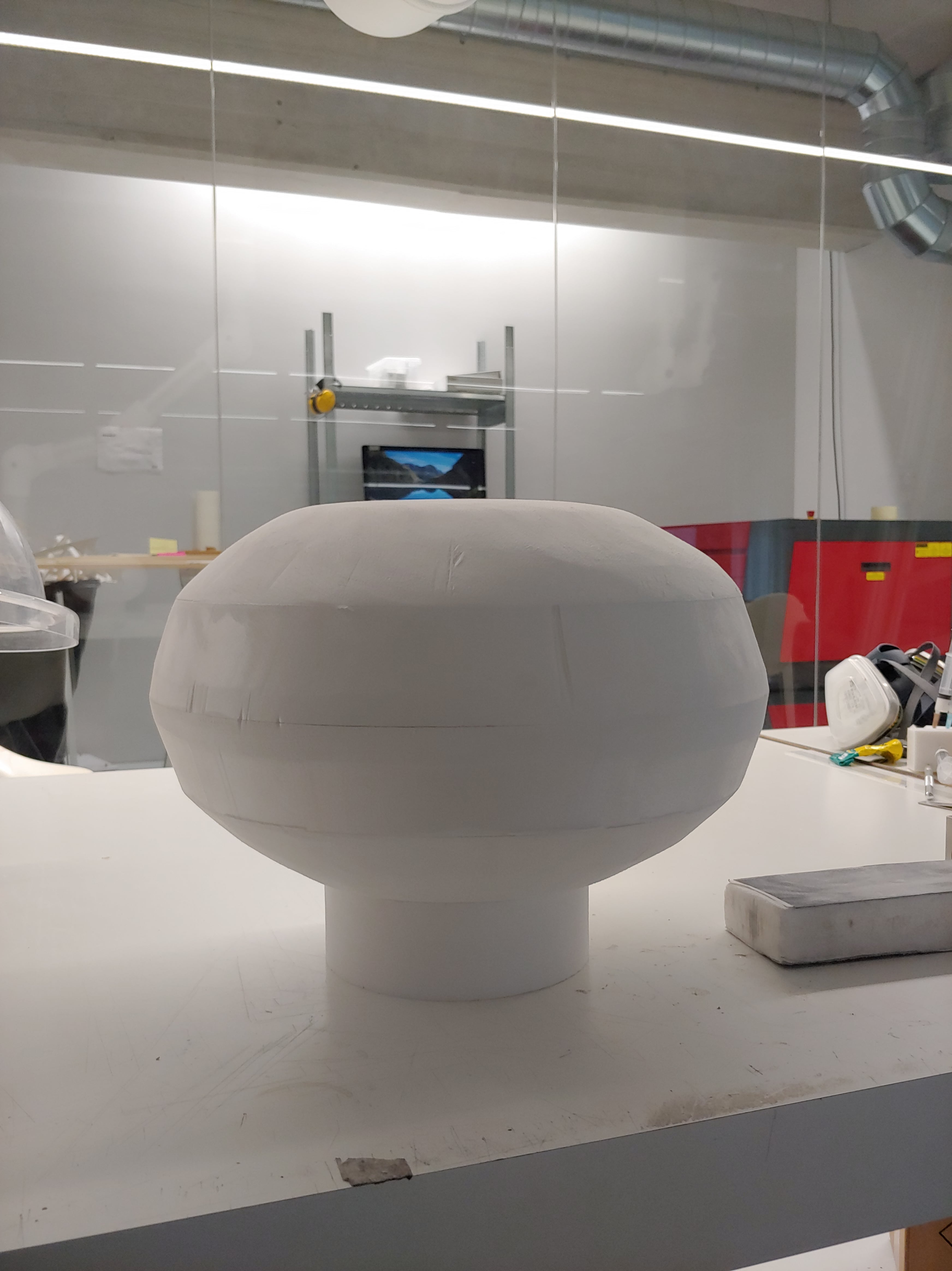
Do you prefer the design aspect or making aspect of industrial design?
When I worked as a product design intern, I was only in the design phase. Even the mock-ups I made were part of the design process. I never got to the point where I was making the final product. In architecture, it’s difficult to have full control over the final design because there are so many considerations and it’s so large-scale. Product and industrial designers definitely have a lot of say into how the final product looks. Every single aspect matters.
Would you pursue a career in industrial design?
I don’t know right now. But there are a lot of interdisciplinary firms where they practice product design and architecture. A lot of these firms are trying to customize their furniture and facades because they want them to be integrated into the design instead of using a plug-in solution.
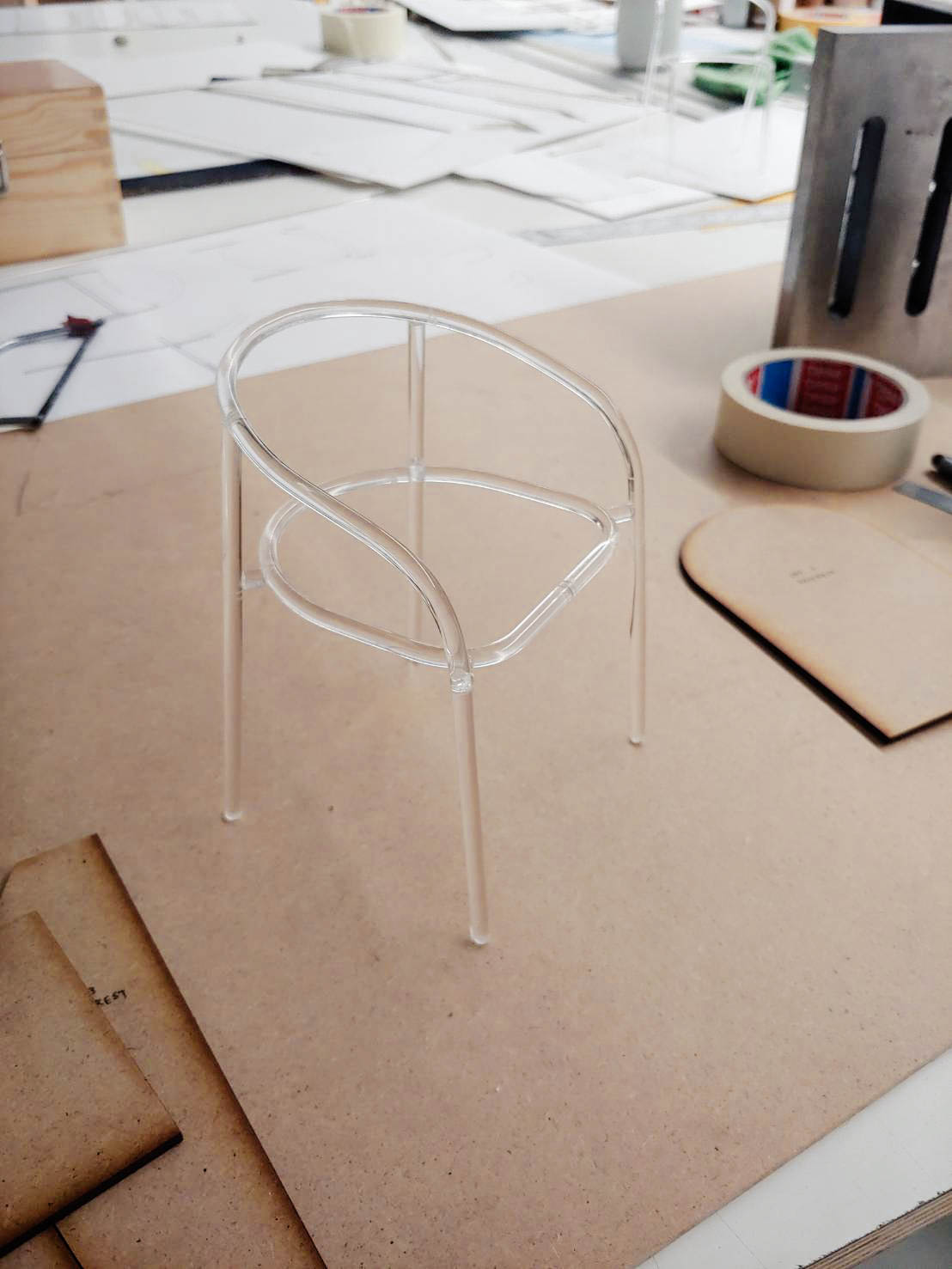
What was the effect of your industrial design department at your firm?
For one of the projects, I did lighting design for a park. I had to talk to the landscape designers and light fabricators. People working on the project give you input regarding your design and it’s kind of cool to see so much feedback on this one light. Things like the material, silhouette and colour are customized and specific. It’s not something you can readily find on the market.
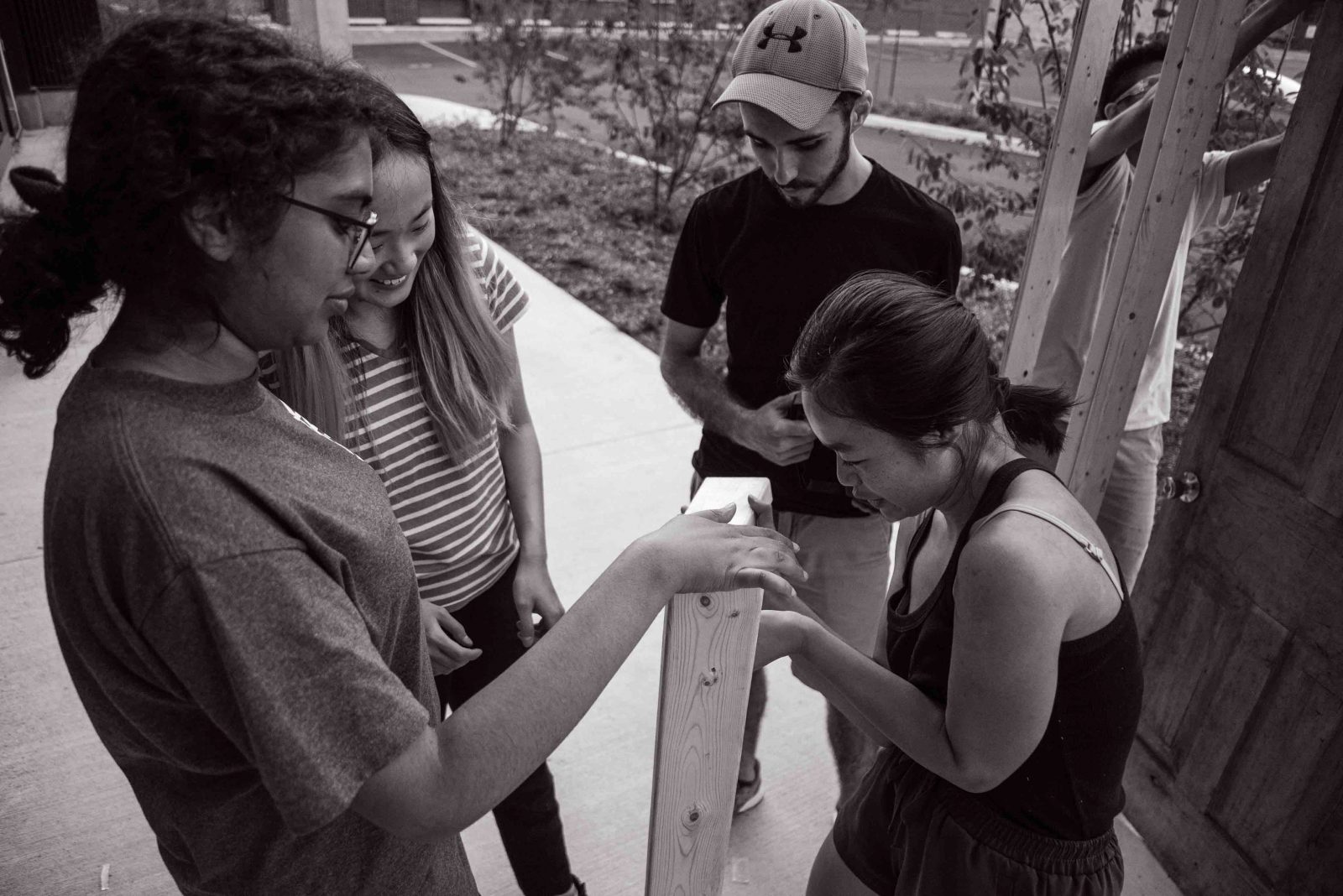


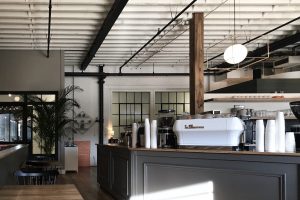
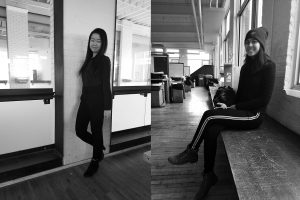

Leave a Reply